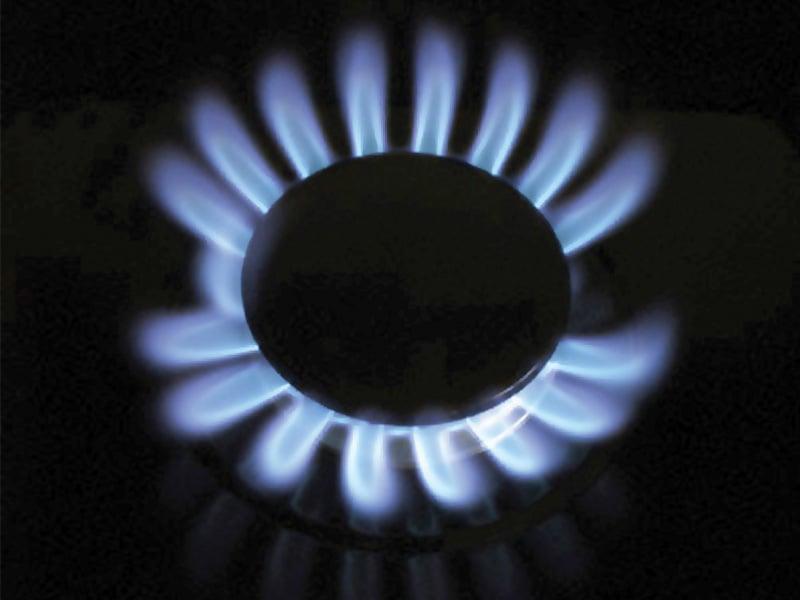Islamabad:
The Oil and Gas Regulation Authority (OGRA) has approved an increase in gas prices for consumers of Sui Northern Gas Pipeline Limited (SNGPL) and Sui Southern Gas Company Limited (SSGCL) for the financial year 2025–26.
The regulator has forwarded his decision to the federal government on formal notification of category consumer gas prices. Under the law, the federal government is obliged to issue the message within 40 days of Ogra’s decision.
In a statement, OGRA said that in accordance with section 8 (2).
The provisions have been submitted to the Federal Government for Category-wise Sales Price Counseling, as required in accordance with section 8 (2). 3, in the same Ordinance.
SSGCL had sought an increase in the average prescribed gas price to RS 2,398.90 per year. MMBTU, but OGRA approved an increase of RS 103.95 per MMBTU. Currently, SSGCL’s average prescribed price of RS 1,762.51 per MMBTU.
Similarly, SNGPL requested an increase of RS 707.37 per MMBTU; However, the regulator allowed only RS116.90 per year. MMBTU. The increase in SNGPLS prescribed price derives primarily from the impact of the redirected liquid natural gas (RLNG) diversion in line with the Federal Cabinet’s decision dated 30 October 2023.
With the consistently rising RLNG discharge and its influence on pricing, OGRA was instructed to immediately engage in the federal government to undergo gas supply management.
The authority advised the review to consider the sector’s energy needs, international contractual obligations and macroeconomic factors.
OGRA reiterated that until the revised sales prices are recommended by the federal government and formally notified, the existing category -sighted gas prices will remain in force.
SNGPL has informed OGRA that declining domestic and commercial gas consumption is largely due to price increases that have changed patterns of use.
High RLNG tariffs, increased system gas prices and a tax on users of captivity (CPP) have driven industrial consumers against national grid or alternative fuels.
In addition, gas removal of the electricity sector has dropped significantly, from 66% to 33%, over the past few years, leading to a reduction of 150 mmCFD in consumption. The drip is attributed to greater dependence on solar energy and other alternative fuels that reduce the dependence on expensive RLNG.
SNGPL also explained that the restriction of original gas supplies is due to 1,000 mmcfd RLNG, which is locked under fixed government-to-government agreements.
Failure to lift the dedicated volume can result in heavy take-or-pay (top) sanctions and potentially sovereign breaches.
Meanwhile, the demand for RLNG has decreased due to reduced consumption of CPP users and the electricity sector. Limiting original gas has also been carried out to maintain system integrity.



